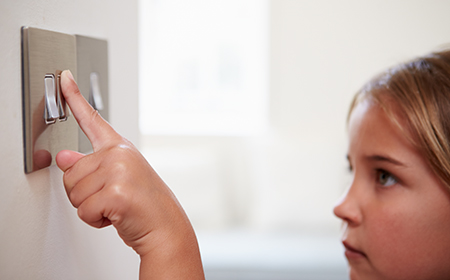In this guide
Overlay
Lower energy bills
The heating system of a poorly insulated home will have to work harder and could cost you more to run. So, reducing how much heat your home wastes makes sense for your pocket and the planet.
A warmer, energy-efficient home
Improving insulation and reducing heat loss will not only make it easier to heat your home but could also help to keep it warmer for longer.
A healthier environment
Taking steps to reduce or remove cold, damp and mould will help improve air quality in your home and could have a positive impact your health too.
Source: homebuilding.co.uk, Oct 2021
Top questions about home retrofits answered
Has this article inspired you to take action?
Related articles
Information Message

